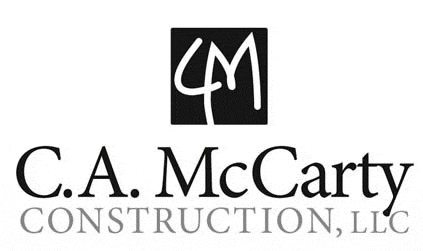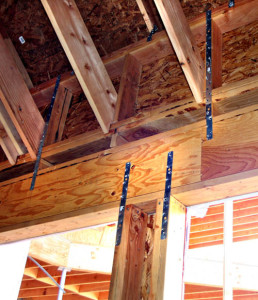High Wind Construction
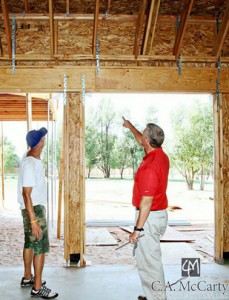 C.A. McCarty Construction was the first builders in the state to institute high-wind construction practices for new homes within the base of a home. This includes structural connectors, anchors, and other fastening systems manufactured by Simpson StrongTie. These practices take anchoring systems instituted after the May 3, 1999 tornado to a new level.
C.A. McCarty Construction was the first builders in the state to institute high-wind construction practices for new homes within the base of a home. This includes structural connectors, anchors, and other fastening systems manufactured by Simpson StrongTie. These practices take anchoring systems instituted after the May 3, 1999 tornado to a new level.
“The Federal Emergency Management Agency acknowledges that we’ve got high winds in Oklahoma and want to get people to build to a higher standard as part of basic construction,” said owner Curtis McCarty. “Rafter ties got a lot of attention after the May 3, 1999, but what we are working on is whole new level of protection.”
C.A. McCarty Construction has partnered with FEMA, Oklahoma State Home Builders Association, Simpson StrongTie, Owens Corning, and State Farm in building the first complete high-wind resistant home. All concur that C.A. McCarty Construction is the first on the scene with the test home.
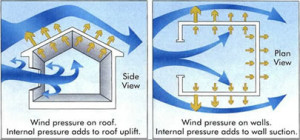
Current Oklahoma building codes require a structure
to withstand winds of 90 mph. The use of metal connector straps to protect against winds higher than that is not standard practice in residential construction in the state.
However, Curtis believes keeping the roof on a structure will help to prevent major damage in the event of straight line winds and tornadoes with winds in excess of 90 mph. “If you can hold the roof on, you can hold the house together. Once the roof is gone, the whole house is gone because the openings over doors and windows are the weakest points of the house.”
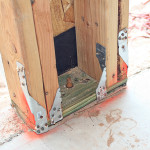
In addition to interior reinforcements on his new home construction, McCarty also is using Owens Corning WeatherGuard HP Shingles which are high wind and impact resistant for protection against hail. He estimates high wind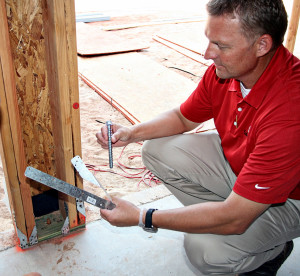 construction will add a minimum $1 per square foot more to the total cost of construction.
construction will add a minimum $1 per square foot more to the total cost of construction.
“In order to reduce the amount of loss in residential areas, you start where the house is held down to the foundation which is called the base, or sole, plate,” McCarty said. “You hold the roof on the top plate and use metal straps to hold that plate down to the wall. Essentially, you have one connection from the foundation to the roof.”
OSHBA executive director Mike Means says ‘McCarty is the man for the job.’
“Curtis is in the ideal position to test the waters, as one of our industry’s leaders and our resident expert on the Uniform Code Commission. Hopefully, it will prove to be an inexpensive but value-based option that consumers can consider when building their next new home.”

BEST Construction Company and BEST Home Builder
